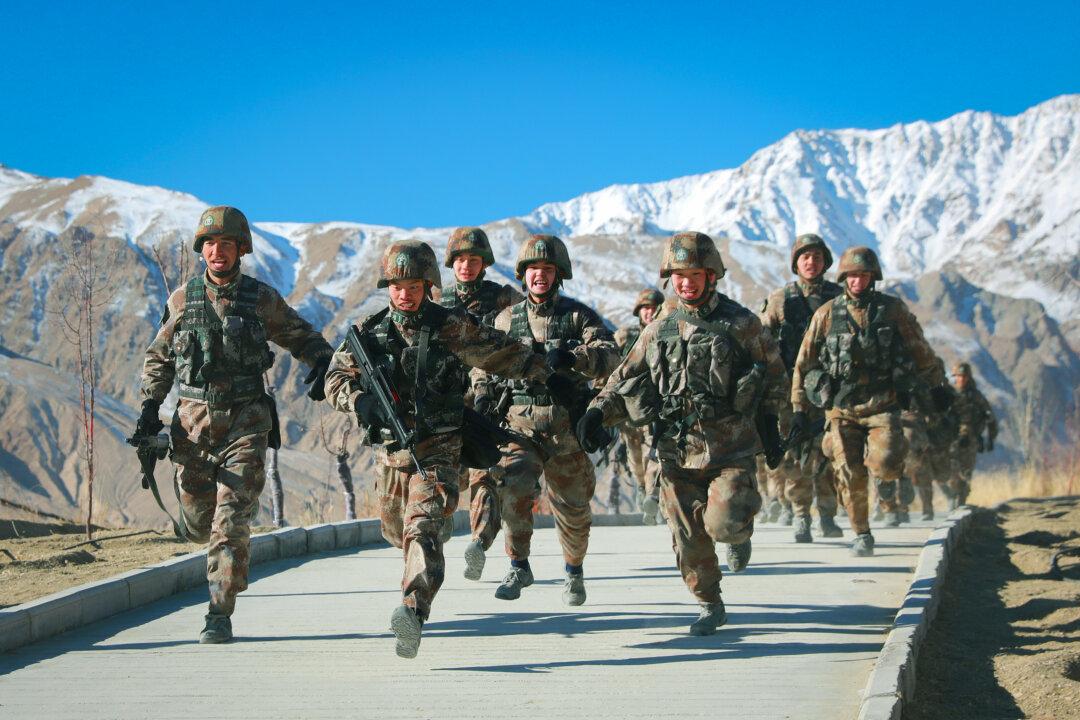NEW DELHI—One hundred soldiers and 55 horses of the Chinese regime’s People’s Liberation Army crossed three miles into Indian territory, in the Barahoti region of the Himalayan state of Uttarakhand, and destroyed infrastructure including a bridge, according to defense insiders who spoke with Indian media.
The incident on Aug. 30 at the Tun Jun La Pass mountain crossing went unnoticed initially by the Indian military and didn’t lead to a military confrontation, the Mumbai-based The Economic Times reported, citing Indian government officials.





